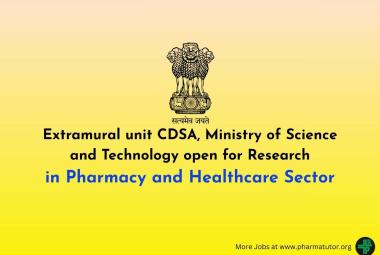ANTIOXIDANT ACTIVITIES OF ETHYL ACETATE, METHANOL AND CHLOROFORM EXTRACTED BARKS OF XYLOCARPUS MEKONGENESIS (LAMK.)
 About Authors:
About Authors:
Zubair Khalid labu1*, Mir Md. Abdullah Al –Mamun1, Abdul Kader Mohiuddin1, Razia Sultana Sumi1, Md. Abdul Bake2
1Department of Pharmacy, World university of Bangladesh, Dhaka-1205, Bangladesh
2Department of Pharmacy, Gono University, Savar, Dhaka-1344, Bangladesh.
*zubairlabu@yahoo.com
Abstract
The present study was designed to investigate the antioxidant activity of ethyl acetate, methanol and chloroform extract of barks of Xylocarpus mekongenesis (Lamk.). 1,1-Diphenyl-2-picryl hydrazyl (DPPH) free radical scavenging and nitric oxide scavenging were used for determining antioxidant activities. In DPPH free radical scavenging test, IC50 value for methanol extract of Xylocarpus mekongenesis was found fairly significant 8.76±0.05 μg/ml when compared to the IC50 values of the reference standards were ascorbic acid 3.41±0.07μg/ml and Butylated Hydroxyanisole 6.29±0.06μg/ml. The IC50 values of the methanol extract and ascorbic acid were 55.88 ± 0.09 and 36.81 ±0.06 μg/ml, respectively in nitric oxide scavenging assay. Phytochemical screening of the bark extract indicated the presence of carbohydrate (reducing sugars), glycosides, saponins, tannins and flavonoids.Therefore, the obtained results suggest the antioxidant activities of the barks of Xylocarpus mekongenesis and thus provide the scientific basis for the traditional uses of this plant part as a remedy for inflammations.



 ABOUT AUTHORS:
ABOUT AUTHORS: ABOUT AUTHORS:
ABOUT AUTHORS: About Author:
About Author: 





